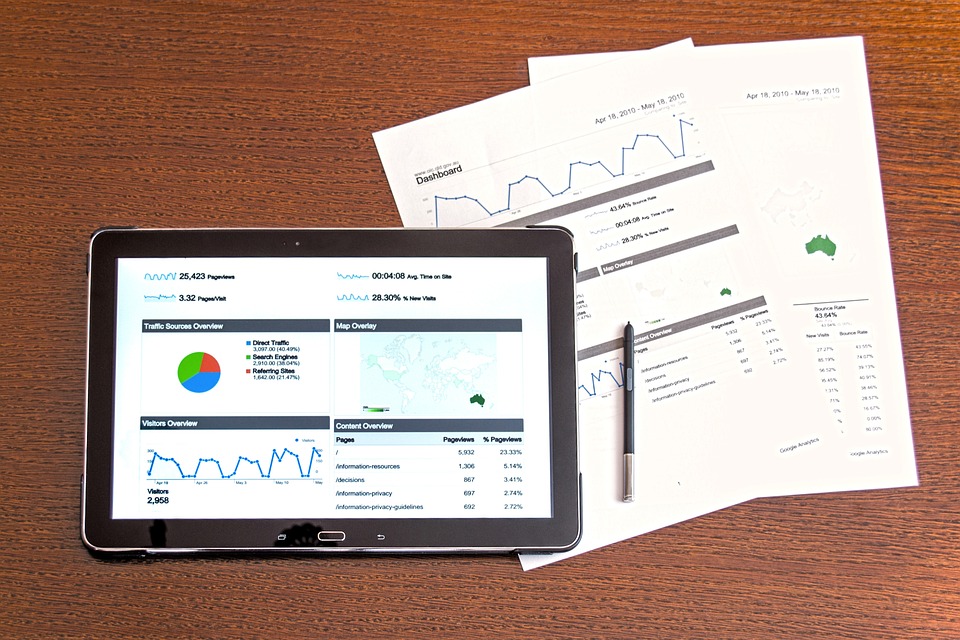The Ultimate Guide to Laravel Web Development
Laravel has emerged as one of the leading PHP frameworks for web development. It offers a clean and elegant syntax, along with a wide range of built-in features that make it easy to build robust and scalable web applications. Whether you are a beginner or an experienced developer, this ultimate guide will provide you with everything you need to know about Laravel web development.
1. Introduction to Laravel
Laravel is an open-source PHP framework that follows the Model-View-Controller (MVC) architectural pattern. It was created by Taylor Otwell in 2011 and has since gained immense popularity within the developer community. Laravel provides a structured and organized approach to web development, making it easier to write clean and maintainable code.
2. Installing Laravel
To start using Laravel, you need to install it on your local development environment. Laravel can be installed using Composer, a dependency management tool for PHP. Once installed, you can create a new Laravel project using the Laravel installer or the Composer create-project command.
3. Laravel Routing
Routing is an essential aspect of any web application. Laravel provides a powerful routing system that allows you to define routes for your application. Routes define the URL patterns and the corresponding controller methods that should be executed when a particular URL is accessed. Laravel’s routing system is intuitive and easy to use, making it a breeze to handle complex URL structures.
4. Laravel Controllers
Controllers are the heart of the MVC pattern in Laravel. They handle the logic behind the requests made to your application. Laravel controllers can be used to process form submissions, retrieve data from the database, and render views. Controllers help in keeping your code organized by separating the presentation logic from the business logic.
5. Laravel Views
Views are responsible for presenting the data to the user. Laravel uses the Blade templating engine to render views. Blade provides a clean and expressive syntax for writing templates. It supports features like template inheritance, loops, conditional statements, and more. With Blade, you can easily create reusable and dynamic views for your application.
6. Laravel Database
Laravel comes with an elegant ORM (Object-Relational Mapping) called Eloquent. Eloquent provides a simple and intuitive way to interact with your database. It supports various database systems like MySQL, PostgreSQL, SQLite, and SQL Server. Eloquent allows you to define relationships between your database tables and perform common database operations with ease.
7. Laravel Authentication
User authentication is a crucial aspect of any web application. Laravel offers a built-in authentication system that makes it easy to manage user registration, login, and password reset functionality. With just a few commands, you can scaffold the entire authentication system and customize it to fit your application’s needs.
8. Laravel Middleware
Middleware acts as a bridge between the request and the response in Laravel. It allows you to filter and modify incoming requests before they reach the controller. Laravel provides several middleware classes for handling tasks like authentication, CSRF protection, and more. You can also create custom middleware to handle specific requirements of your application.
9. Laravel Packages
Laravel has a rich ecosystem of packages that can be used to extend the functionality of your application. These packages provide ready-to-use solutions for common tasks like file uploading, payment integration, social media authentication, and more. You can easily integrate these packages into your Laravel project using Composer.
10. Testing in Laravel
Laravel comes with a comprehensive testing suite that makes it easy to write unit tests and functional tests for your application. Testing is an essential part of the development process as it helps in identifying and fixing bugs before they reach the production environment. Laravel’s testing tools provide a simple and expressive syntax for writing tests and ensure that your code is reliable and bug-free.
11. Deployment and Production
Once you have developed your Laravel application, you need to deploy it to a production environment. Laravel provides various deployment options, including shared hosting, virtual private servers, and cloud platforms like AWS and DigitalOcean. You can choose the deployment method that best suits your requirements and ensure that your application runs smoothly in the production environment.
Conclusion
Laravel is a powerful PHP framework that simplifies the web development process. It provides a wide range of features and tools that help in building robust and scalable web applications. This ultimate guide has covered the key aspects of Laravel web development, including installation, routing, controllers, views, database handling, authentication, middleware, packages, testing, and deployment. By mastering these concepts, you can leverage the full potential of Laravel and create amazing web applications. So, go ahead and start exploring the world of Laravel web development!




